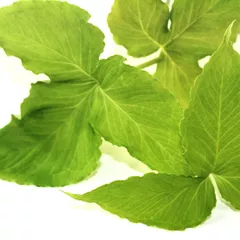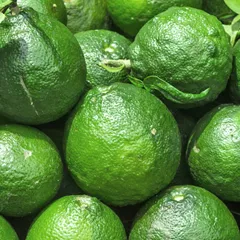Gallbladder Deficiency
The information provided here is not a replacement for a doctor. You shouldn't use it for the purpose of self-diagnosing or self-medicating but rather so you can have a more informed discussion with a professional TCM practitioner.
At a glance
Preliminary reading: What is a pattern? The Gallbladder in Chinese Medicine The concept of Deficiency
Key attributes
Chinese name: 胆虚 Pinyin name: Dǎn Xū
Pattern nature: Empty
Causes
Precursor patterns: Liver Qi Deficiency
Common causes: Emotional difficulties
Diagnosis
Common symptoms: Timidity Dizziness Indecision Nervousness Easily scared and six other symptoms
Pulse type(s): Weak (Ruo)
Tongue description: Pale or normal
Treatment
Common formulas: Wen Dan Tang
Pathology
This is really the description of a personality rather than a pattern: that is, when a person lacks courage and initiative and is very shy and timid.
The Gallbladder is the Yang aspect of the Liver so this pattern goes together with Liver Qi Deficiency (Qi is Yang in nature).
Although the pattern of Liver-Qi Deficiency is not often mentioned, it does exist and its clinical manifestations include some Liver-Blood Deficiency symptoms such as dizziness and blurred vision (which are also present in the pattern of Gallbladder Deficiency).
Essentially, the pattern of Gallbladder Deficiency occurs together with that of Liver-Qi Deficiency, which itself gives rise to Liver Blood Deficiency. Normally, Liver-Blood Deficiency gives rise to anxiety and insomnia. However, when it is combined with Liver-Qi and Gallbladder Deficiency, it gives rise to fear, lack of courage, indecision and often depression.
Causes
Precursor patterns: Gallbladder Deficiency can derive from Liver Qi Deficiency
Emotional difficulties: This can be the result of negative relationships during the childhood such as a bullied child or a child who was never encouraged and only reproached.
Diagnosing Gallbladder Deficiency
Diagnosing a pattern in Chinese Medicine is no easy feat and should be left to professional practitioners. In particular one has to know how to differentiate between different types of pulses and tongue coatings, shapes and colors as well as learn to read from a long list of seemingly unrelated symptoms.
Pulse type(s): Weak (Ruo)
Tongue description: Pale or normal
Main symptoms: Timidity Dizziness Indecision Nervousness Easily scared Blurred vision Lack of courage Restless dreams Frequent sighing Floaters in eyes Waking up early in the morning
Treating Gallbladder Deficiency
Herbal formulas used to treat Gallbladder Deficiency



The top herbs in Wen Dan Tang are Crow-Dipper Rhizomes (Ban Xia), Bamboo Shavings (Zhu Ru) and Immature Bitter Oranges (Zhi Shi)
Wen Dan Tang
Source date: 1174 AD
Number of ingredients: 8 herbs
Key actions: Clears Phlegm. Clears Gallbladder. Regulates Qi. Harmonizes the Stomach.
Formula summary
Wen Dan Tang is a 8-ingredient Chinese Medicine formula. Invented in 1174 AD, it belongs to the category of formulas that dry Dampness and transform Phlegm.
Besides Gallbladder Deficiency, Wen Dan Tang is also used to treat Phlegm Misting the Heart or Phlegm-Fire harassing the Heart.
Consequence patterns
If left untreated Gallbladder Deficiency can lead to Heart Qi Deficiency
The Gallbladder represents the Yang aspect of the Liver so, when it is deficient, Liver-Qi is also deficient. And Liver-Qi deficiency usually will give rise to Liver-Blood Deficiency to some extent.
